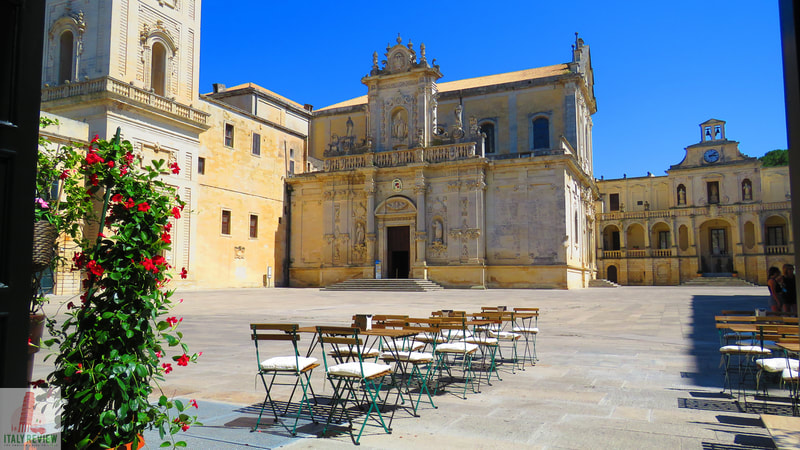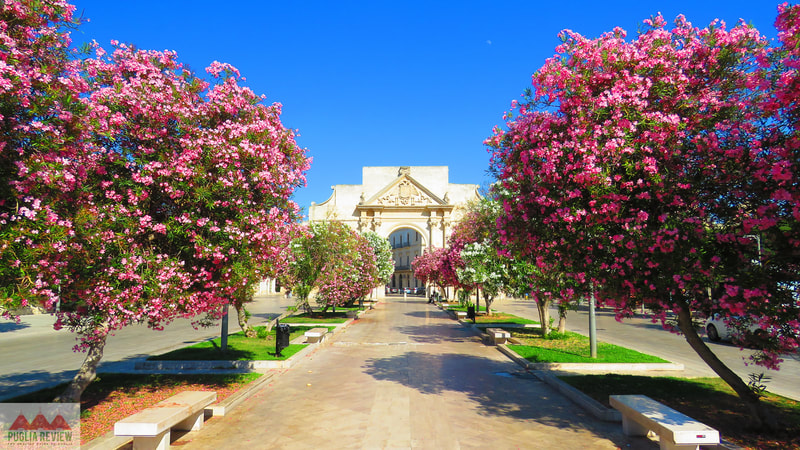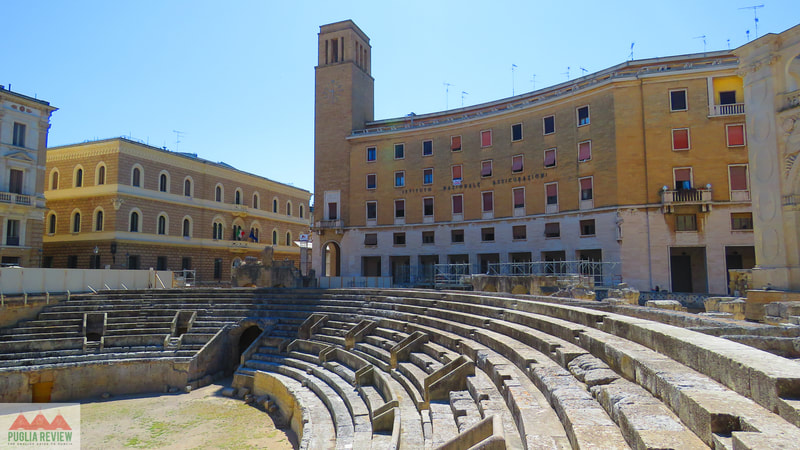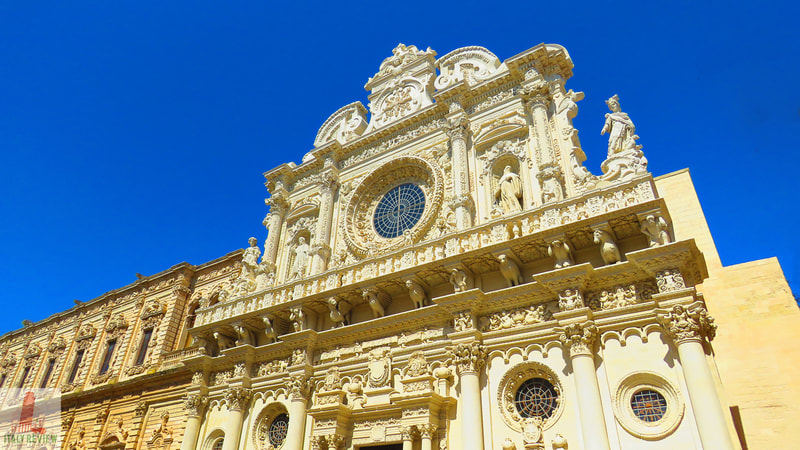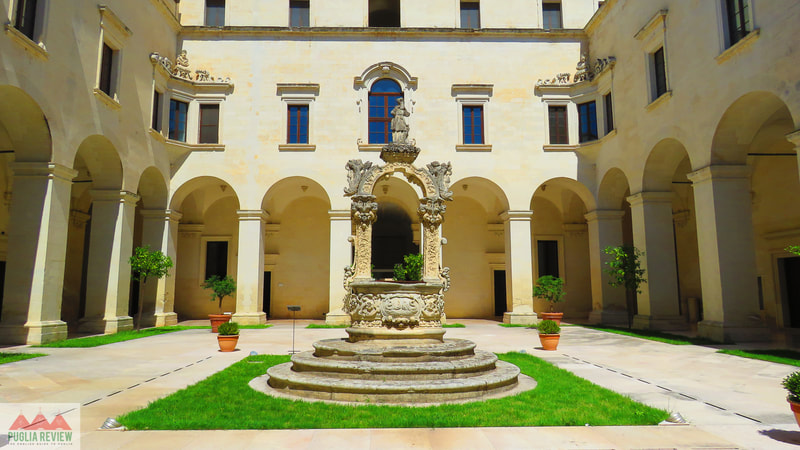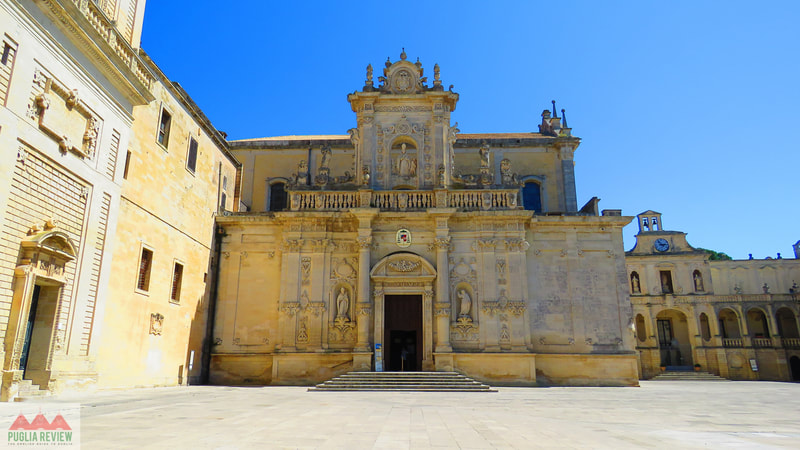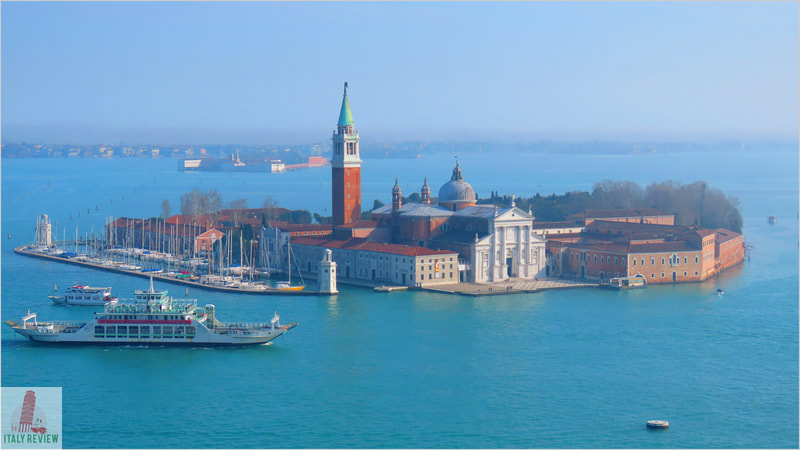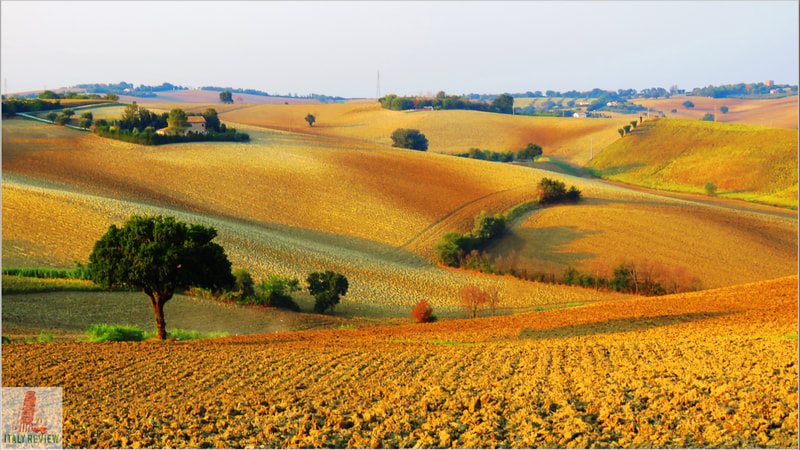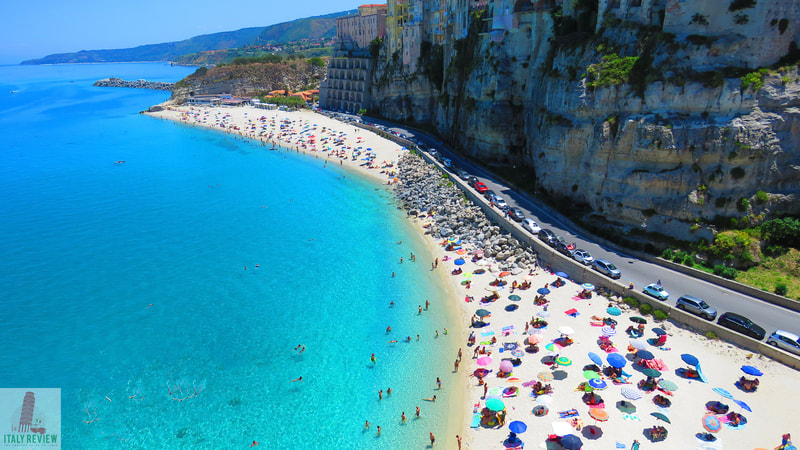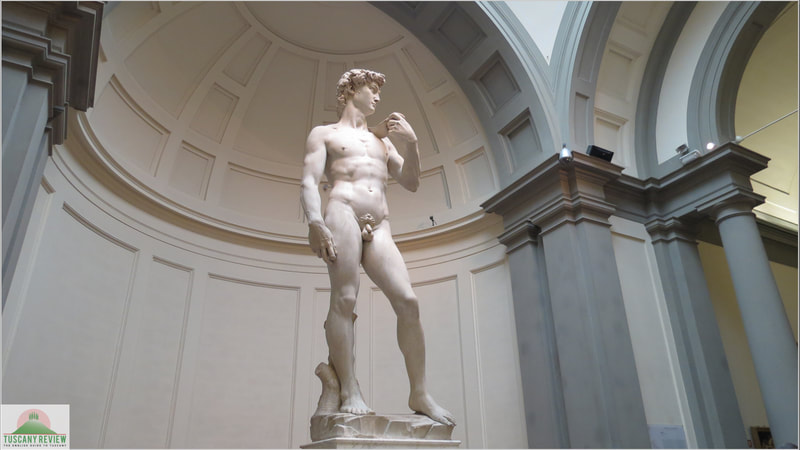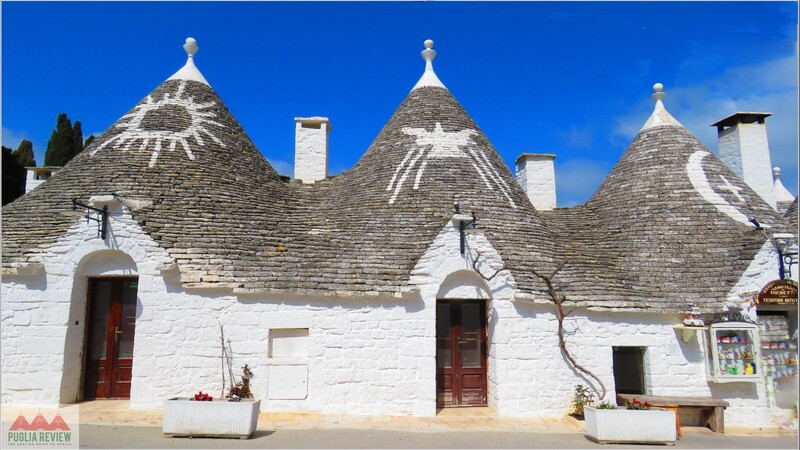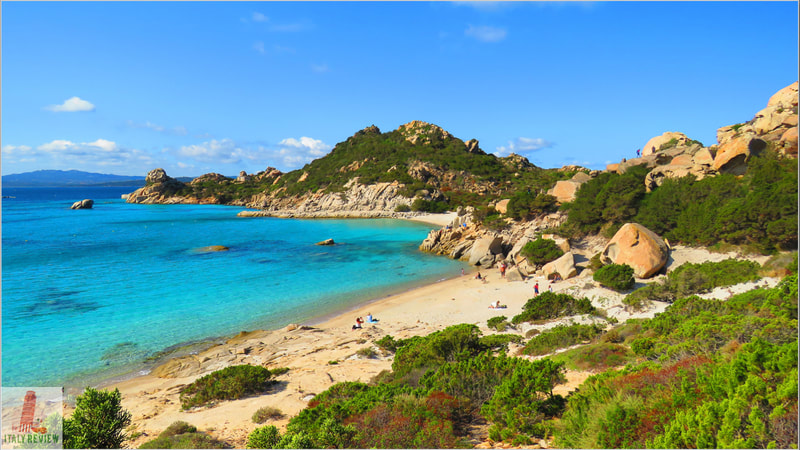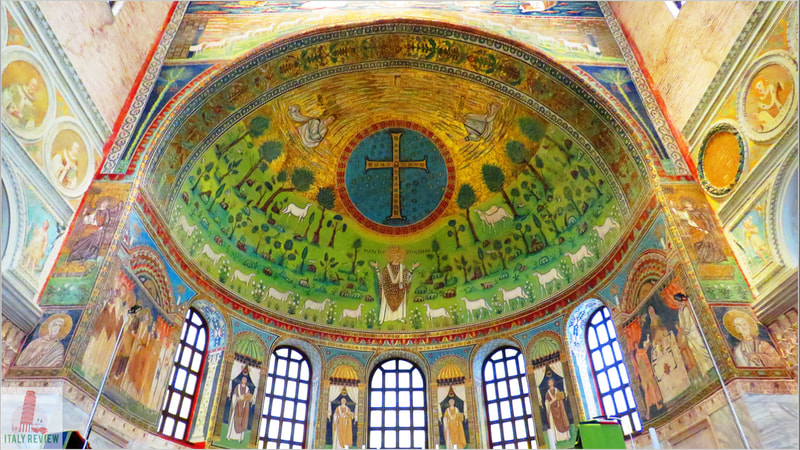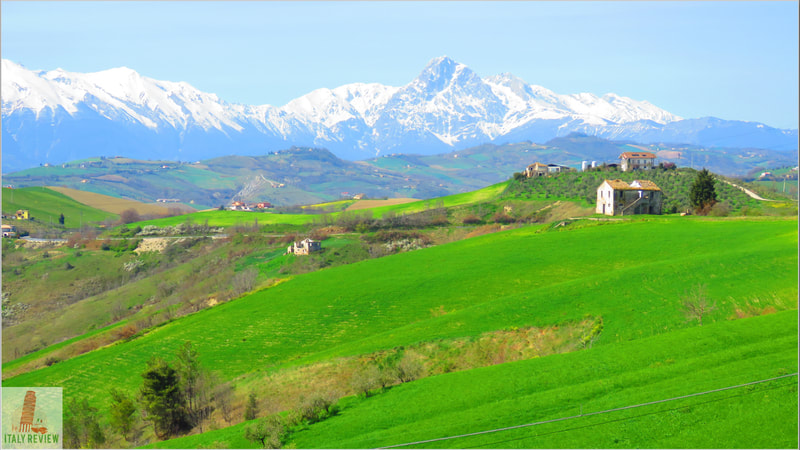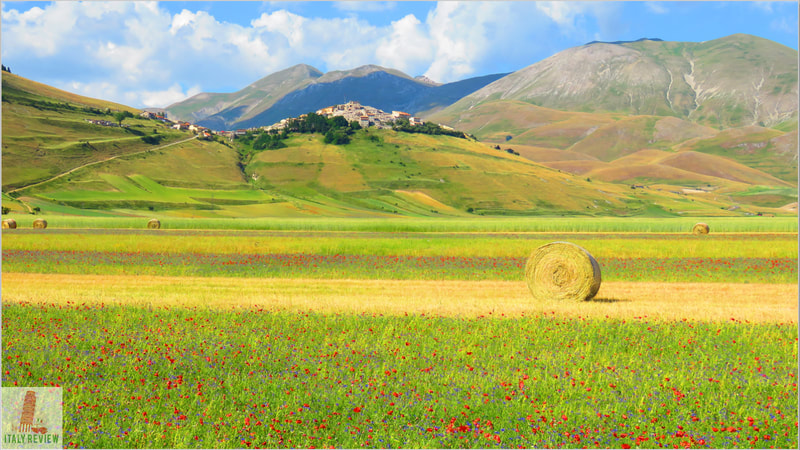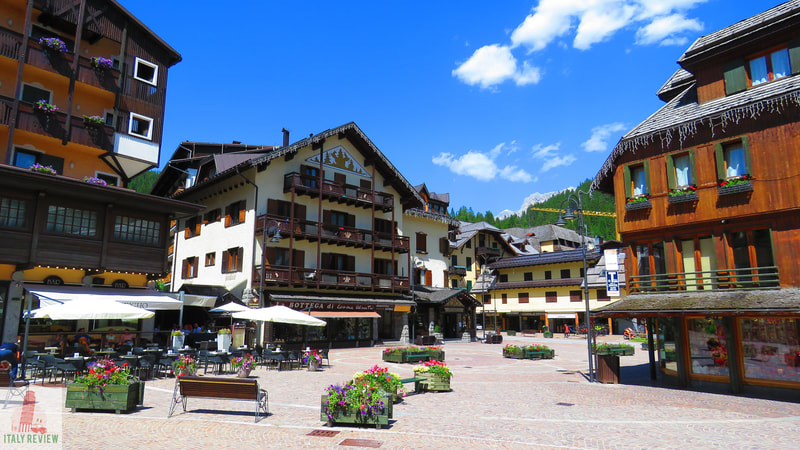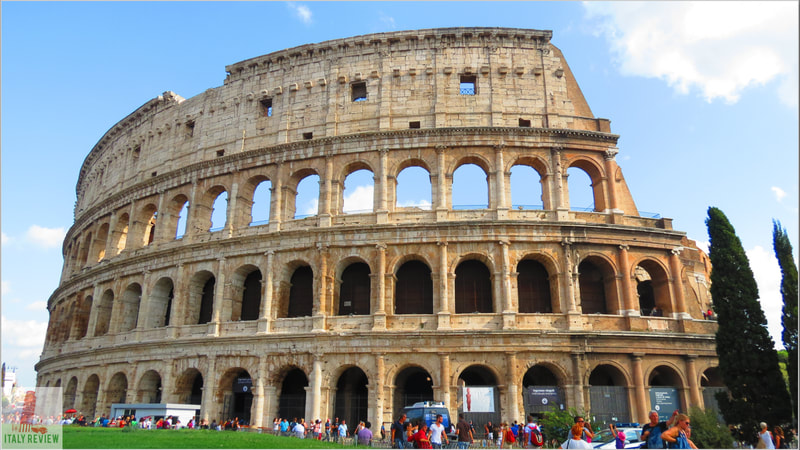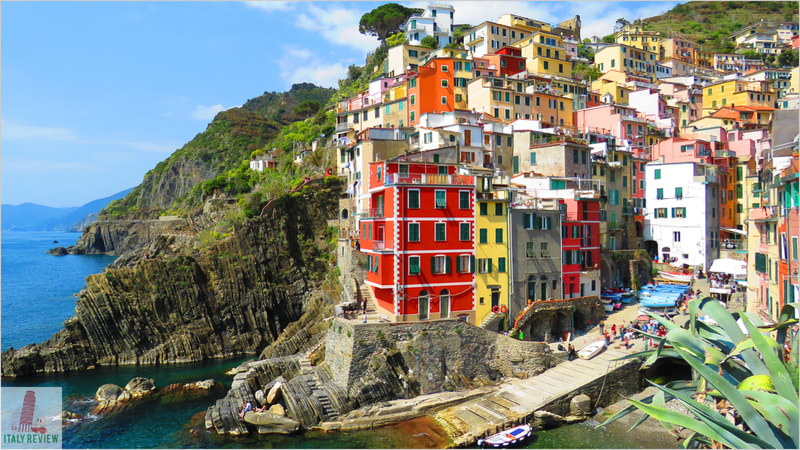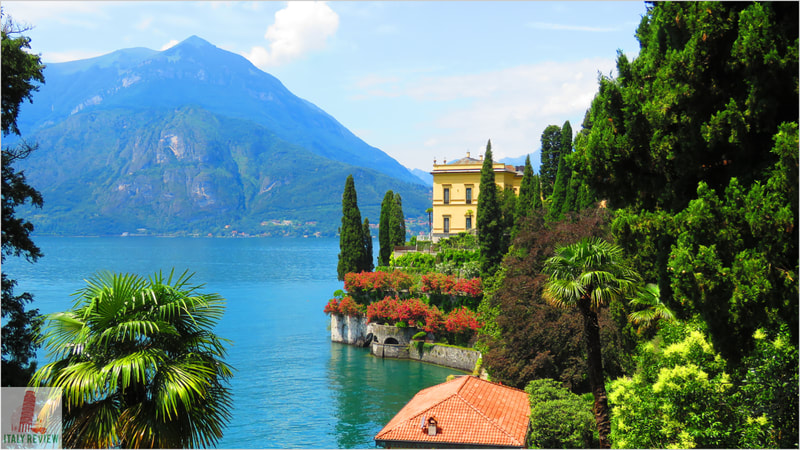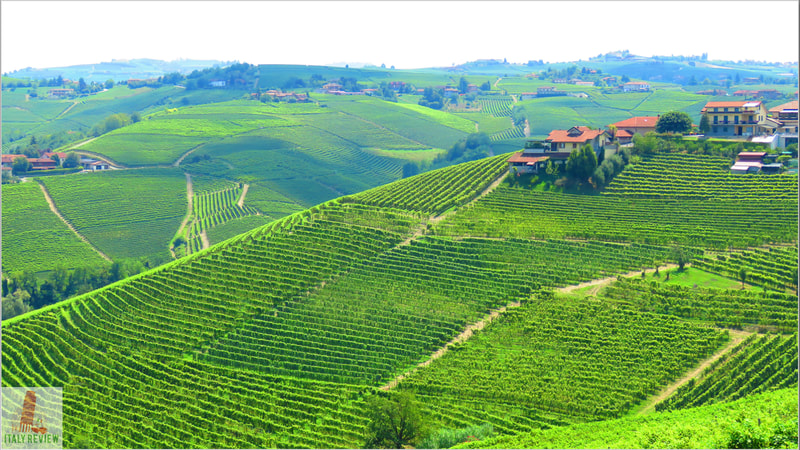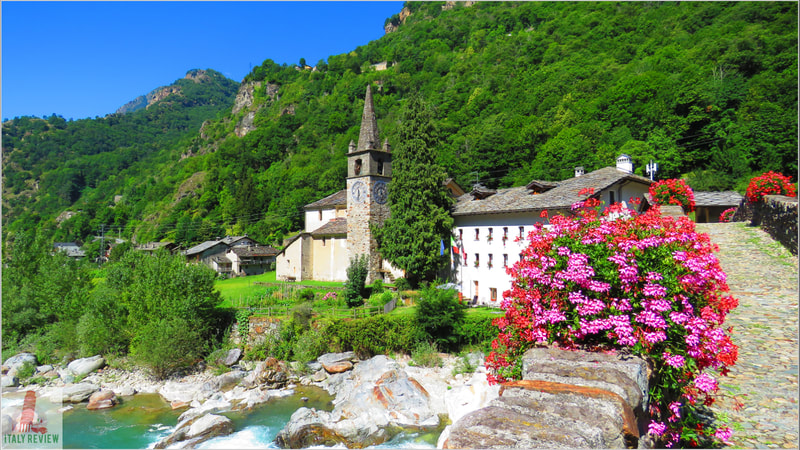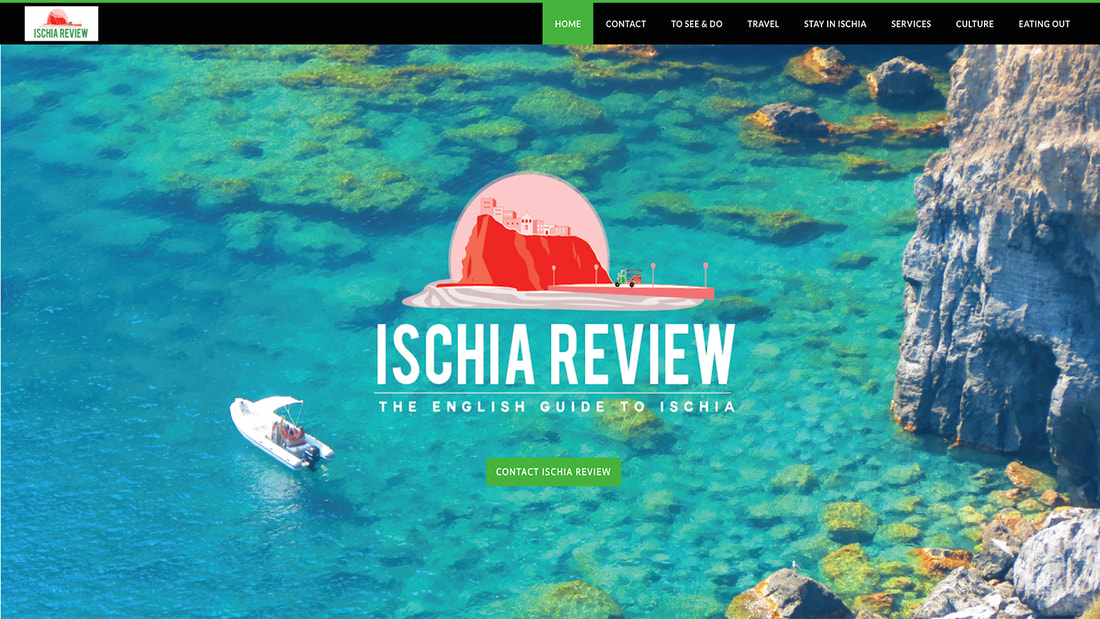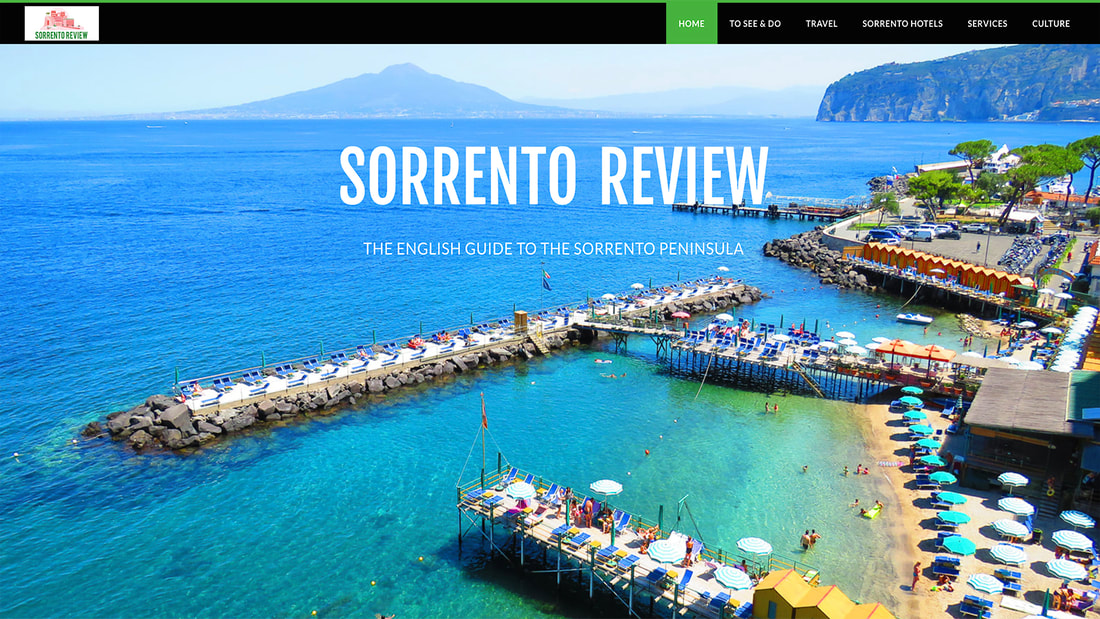Lecce
|
By Dion Protani
|
Latest update: 30 December 2023
|
|
The city of Lecce is the capital city of the Province of Lecce with a population of 95,269 inhabitants.
Standing at an elevation of 49 metres above sea level, it covers a total area of 238 km² and lies 145 kilometres south east of Bari, the regional capital of Puglia. Such is the brilliance of Lecce's architecture that it's attributed its own style: Lecce Baroque. Of no less importance is Lecce's status as the heart of the beautiful Salento region, the heel of Italy's boot. |
Related links
Lecce and its History
There are a series of epithets given to Lecce, "the Florence of the South", "Crown Jewel of the Mezzogiorno" or simply "the Most Beautiful City in Italy" among them. However you wish to describe Lecce, it's clearly a place that captures the imagination of anyone who visits and it's a must for any serious Puglia itinerary.
Lecce was founded by the Ancient Greeks, conquered by the Romans and changed hands between Normans, Lombards, Saracens and other empires in the intervening years. Traces of all these civilisations are much in evidence throughout the city but it is to the 17th century period of Barocco Leccese that the city owes the majority of its sights.
There are a series of epithets given to Lecce, "the Florence of the South", "Crown Jewel of the Mezzogiorno" or simply "the Most Beautiful City in Italy" among them. However you wish to describe Lecce, it's clearly a place that captures the imagination of anyone who visits and it's a must for any serious Puglia itinerary.
Lecce was founded by the Ancient Greeks, conquered by the Romans and changed hands between Normans, Lombards, Saracens and other empires in the intervening years. Traces of all these civilisations are much in evidence throughout the city but it is to the 17th century period of Barocco Leccese that the city owes the majority of its sights.
Sightseeing Lecce - Baroque Churches
If you could manage to close your eyes or stare at the ground all the way to Piazza del Duomo in the city centre, it might be an idea to have a supply of oxygen on hand, such will be your gasp at the moment you open your eyes. This is a golden city and it is from this square that you can start to open the box of Lecce's treasures.
The main sights here are Lecce's Cathedral, built in 1659 by Giuseppe Zimbalo, the city's most important architect, responsible for most of what is currently good to see here. To one side of the Cathedral stands the 72 metre high Bell Tower with the Seminario and the Palazzo Vescovile (Bishop's Palace) completing the opulent display in the Piazza.
There are around 40 churches in Lecce built in the Baroque style and there is some debate over which one deserves the most attention but there is no doubt whatsoever that at least some visitor attention is due to the Basilica di Santa Croce. Another masterpiece that can be credited to star architect Zimbalo, the Basilica took around 130 years to fully finish and is most famous for its intricately decorated facade.
If you could manage to close your eyes or stare at the ground all the way to Piazza del Duomo in the city centre, it might be an idea to have a supply of oxygen on hand, such will be your gasp at the moment you open your eyes. This is a golden city and it is from this square that you can start to open the box of Lecce's treasures.
The main sights here are Lecce's Cathedral, built in 1659 by Giuseppe Zimbalo, the city's most important architect, responsible for most of what is currently good to see here. To one side of the Cathedral stands the 72 metre high Bell Tower with the Seminario and the Palazzo Vescovile (Bishop's Palace) completing the opulent display in the Piazza.
There are around 40 churches in Lecce built in the Baroque style and there is some debate over which one deserves the most attention but there is no doubt whatsoever that at least some visitor attention is due to the Basilica di Santa Croce. Another masterpiece that can be credited to star architect Zimbalo, the Basilica took around 130 years to fully finish and is most famous for its intricately decorated facade.
Roman Theatres and Amphitheatres
Lecce is a wonderful city to walk around; not least because it's mostly pedestrianised and if you come here at lunch time you'll find yourself almost alone as the city abandons itself for the all-important lunch period. If you're not using this time for dining purposes yourself then you could spend the time wandering around the expansive Piazza Sant'Oronzo. Here you'll find one of the most unusual sights that any such square in Italy can boast. Neatly nestled in one corner of the square is a 2nd century Roman Amphitheatre. Incredibly, the Amphitheatre lay undiscovered until 1901 and it wasn't until the 1930's that its total scale, including 15,000 seats, was discovered.
The Amphitheatre is not the only Roman venue in the city either; just a short distance away there's the Roman Theatre (no "amphi" in this one), which takes a little more effort to discover. The Roman Theatre is hidden in the middle of a block of buildings which includes two museums. Aside from the official Roman Theatre Museum, you can also view the Theatre from one of the windows of another museum next door: the snazzily-named MUST (Museo Storico Città di Lecce - see what they did there?).
Lecce is a wonderful city to walk around; not least because it's mostly pedestrianised and if you come here at lunch time you'll find yourself almost alone as the city abandons itself for the all-important lunch period. If you're not using this time for dining purposes yourself then you could spend the time wandering around the expansive Piazza Sant'Oronzo. Here you'll find one of the most unusual sights that any such square in Italy can boast. Neatly nestled in one corner of the square is a 2nd century Roman Amphitheatre. Incredibly, the Amphitheatre lay undiscovered until 1901 and it wasn't until the 1930's that its total scale, including 15,000 seats, was discovered.
The Amphitheatre is not the only Roman venue in the city either; just a short distance away there's the Roman Theatre (no "amphi" in this one), which takes a little more effort to discover. The Roman Theatre is hidden in the middle of a block of buildings which includes two museums. Aside from the official Roman Theatre Museum, you can also view the Theatre from one of the windows of another museum next door: the snazzily-named MUST (Museo Storico Città di Lecce - see what they did there?).
Defensive Walls and City Gates
There are dozens of other sights to enjoy in the city including Porta Napoli, one of three Roman city gates that used to keep citizens in and enemies out, and a 12th century castle (Castello Carlo V) which was rebuilt in the 16th century and later served as a prison, barracks and administrative offices. The castle is also home to Lecce's Papier Mache Museum which in my opinion, every city should have.
There are dozens of other sights to enjoy in the city including Porta Napoli, one of three Roman city gates that used to keep citizens in and enemies out, and a 12th century castle (Castello Carlo V) which was rebuilt in the 16th century and later served as a prison, barracks and administrative offices. The castle is also home to Lecce's Papier Mache Museum which in my opinion, every city should have.
Youthful Lecce
There are dozens of other sights to enjoy in the city including Porta Napoli, one of three Roman city gates that used to keep citizens in and enemies out, and a 12th century castle (Castello Carlo V) which was rebuilt in the 16th century and later served as a prison, barracks and administrative offices. The castle is also home to Lecce's Papier Mache Museum which in my opinion, every city should have.
Whether or not papier mache is your thing, there are countless delights to enjoy in this vibrant, University town. This is a great place to sample typical Pugliese cuisine, clothes shop if you need to or simply bask in the glorious surroundings, made even glorious at night when the city is exquisitely lit.
There are dozens of other sights to enjoy in the city including Porta Napoli, one of three Roman city gates that used to keep citizens in and enemies out, and a 12th century castle (Castello Carlo V) which was rebuilt in the 16th century and later served as a prison, barracks and administrative offices. The castle is also home to Lecce's Papier Mache Museum which in my opinion, every city should have.
Whether or not papier mache is your thing, there are countless delights to enjoy in this vibrant, University town. This is a great place to sample typical Pugliese cuisine, clothes shop if you need to or simply bask in the glorious surroundings, made even glorious at night when the city is exquisitely lit.
Close to Lecce
There is a particularly wide range of places to visit close to Lecce; from here you have the whole Salento region to discover and that alone makes Lecce a good place to make your base. Among the best seaside locations are the beach resort of Torre dell'Orso which has some incredible scenic coastline above and below it; among the highlights here being the famous Grotta della Poesia.
There are further seaside treats at Otranto, Porto Badisco, Santa Cesarea Terme and Castro while some of the best towns to discover inland are Tricase, Maglie, Cavallino and Nardò. For something a little out of the ordinary you can also try the colourful Cava di Bauxite and its lake.
There is a particularly wide range of places to visit close to Lecce; from here you have the whole Salento region to discover and that alone makes Lecce a good place to make your base. Among the best seaside locations are the beach resort of Torre dell'Orso which has some incredible scenic coastline above and below it; among the highlights here being the famous Grotta della Poesia.
There are further seaside treats at Otranto, Porto Badisco, Santa Cesarea Terme and Castro while some of the best towns to discover inland are Tricase, Maglie, Cavallino and Nardò. For something a little out of the ordinary you can also try the colourful Cava di Bauxite and its lake.
Comune di Lecce
|
Province: Lecce
Region: Puglia Population: 94,783 (source: ISTAT 1 January 2023) Size: 238 km² Elevation: 49 metres Top sights: Roman Amphitheatre of Lecce, Piazza del Duomo Close by: Grotta della Poesia, Torre dell'Orso, Otranto, Nardò Recommended accommodation: 8Piuhotel |
lECCE tRAVEL
Lecce's train station is situated south of the city centre, a twelve minute walk (1 km) from Piazza del Duomo. Trains run from Lecce to Bari (Bari Centrale), with a journey time of an hour and 53 minutes, stopping along the way at among others, Brindisi (28 minutes), Ostuni (51 minutes), Cisternino (59 minutes), Monopoli (1 hour 14 minutes) and Polignano a Mare (1 hour 20 minutes).
To reach the popular seaside town of Gallipoli on the Ionian coast it's best to take a bus; a number 108 will get you there in 47 minutes.
The most convenient airport for Lecce is Brindisi Salento Airport which is a 34 minute drive away (47 km), while the next best option is Bari Karol Wojtyla Airport, an hour and 45 minutes away by car (167 km).
To reach the popular seaside town of Gallipoli on the Ionian coast it's best to take a bus; a number 108 will get you there in 47 minutes.
The most convenient airport for Lecce is Brindisi Salento Airport which is a 34 minute drive away (47 km), while the next best option is Bari Karol Wojtyla Airport, an hour and 45 minutes away by car (167 km).
|
Fly to: Brindisi Salento Airport - 34 minutes by car (47 km)
By train: Brindisi - 28 mins, Ostuni - 51 mins, Cisternino - 59 mins |

